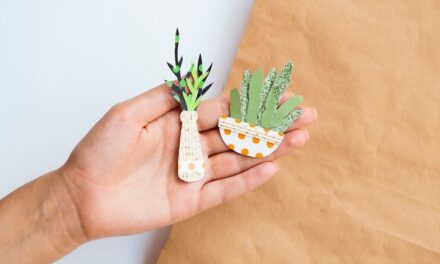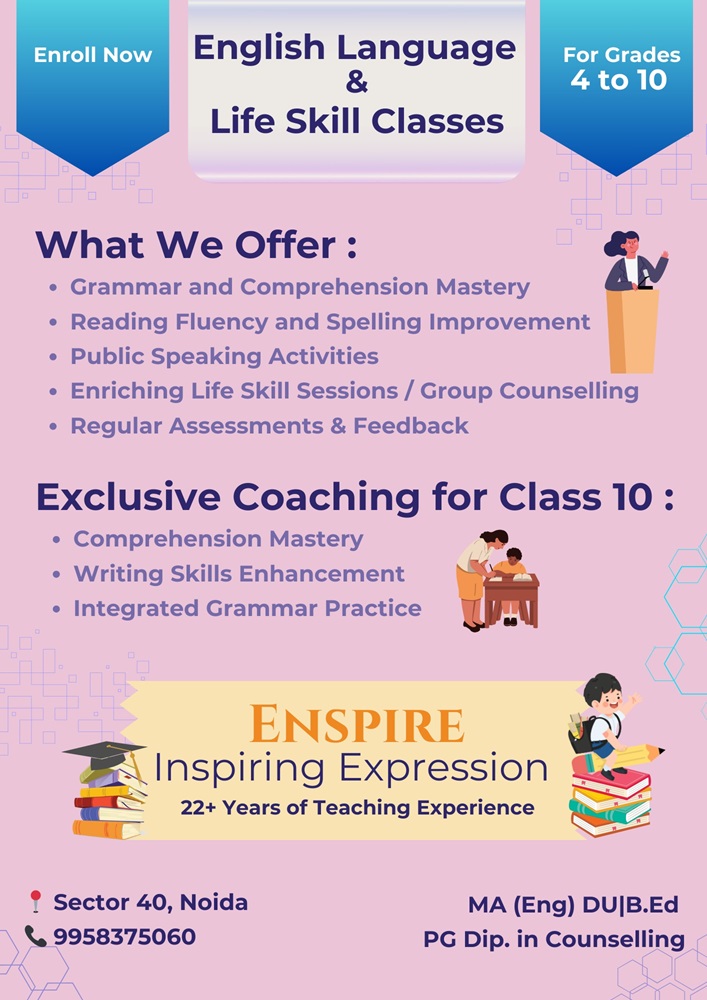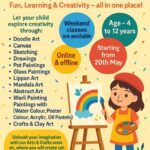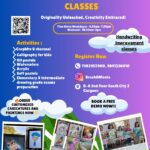This article lists numerous engaging activities, highlighting the educational focus on plants and their growth. It invites students to explore the world of plants through various interactive exercises that promote learning and discovery.
- Plant Parts Matching Game:
– Create a digital or physical game where students match pictures or labels of plant parts (roots, stems, leaves, flowers) with their names.
– For digital versions, use drag-and-drop features; for physical versions, use printed cards.
- Plant Life Cycle Sequencing:
– Provide images or drawings of different stages of a plant’s life cycle (seed, sprout, seedling, mature plant, flower, fruit).
– Ask students to arrange these stages in the correct order to demonstrate their understanding of how plants grow.
- Virtual Plant Observation:
– Use an interactive virtual plant simulation where students can observe and interact with a plant growing over time.
– Ask students to note changes they observe (growth of roots, stems, leaves) and explain what plants need to grow.
- Nature Walk and Plant Identification:
– Organize a nature walk around the school or local park where students can observe different types of plants.
– Provide a checklist or worksheet with pictures or names of common plants for students to identify during the walk.
- Planting Seeds Activity:
– Provide students with small pots, soil, and seeds (e.g., bean seeds, sunflower seeds).
– Guide them through planting the seeds, watering them, and observing their growth over a few weeks.
– Encourage students to keep a journal or record of their observations and measurements.
- Interactive Quiz on Plants:
– Create a fun and engaging quiz with multiple-choice questions about plant parts, types of plants, and the plant life cycle.
– Use digital tools or interactive whiteboards for live quizzes where students can choose their answers.
- Crafts and Art Activities:
– Have students create plant-themed crafts such as paper flowers, leaf rubbings, or decorated plant pots.
– Encourage them to use recycled materials or natural elements like leaves and flowers for their crafts.
- Role-Play and Storytelling:
– Assign roles such as seed, plant, flower, and gardener to students for a storytelling session about the life cycle of a plant.
– Encourage creativity and imagination as they act out each stage of the plant’s growth.
These interactive exercises not only engage grade 1 students in learning about plants but also encourage hands-on exploration, critical thinking, and creativity. Adjust the complexity and materials based on the students’ age and available resources.















